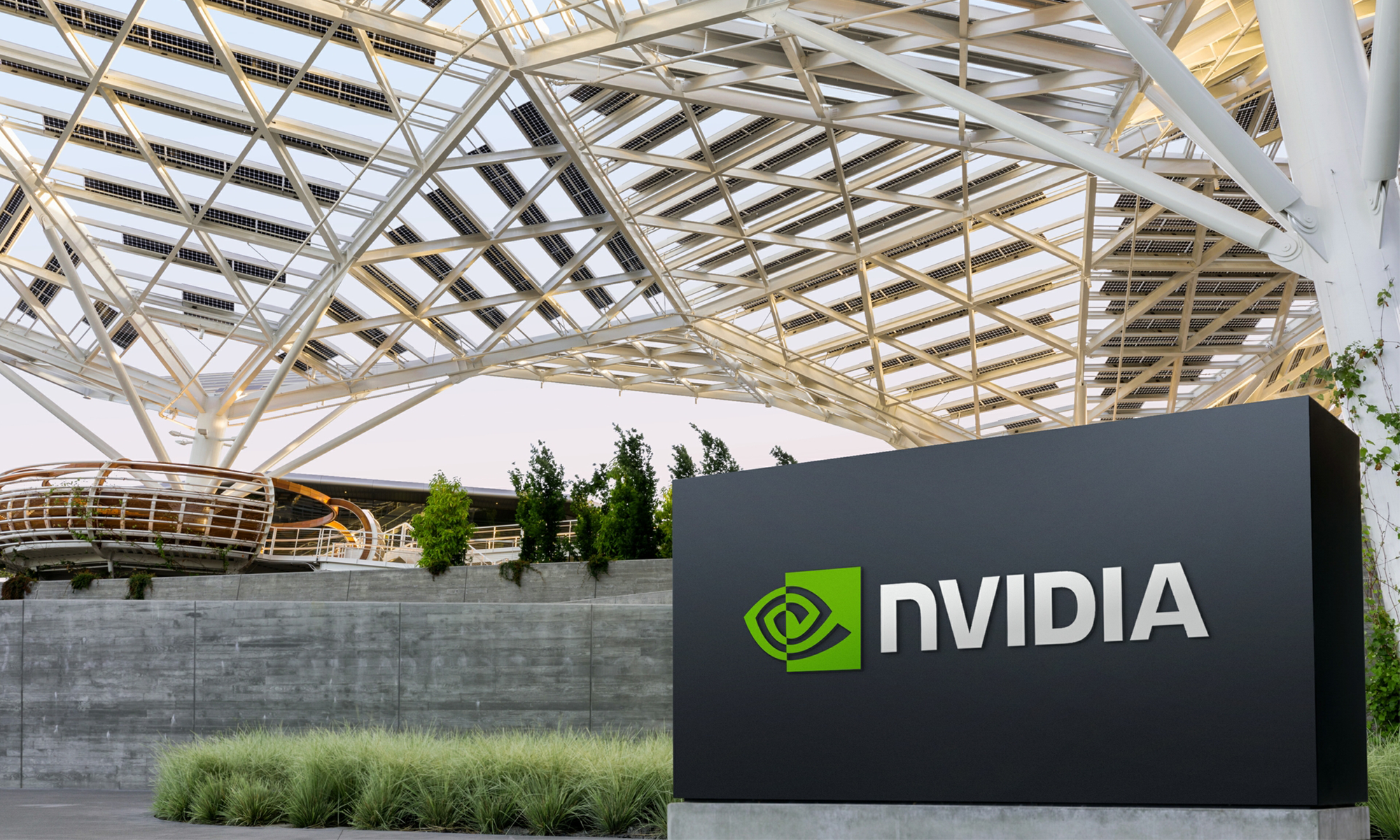Nvidia (NVDA 0.53%), which dominates the artificial intelligence (AI) chip and related technology space, seems poised to increase its acquisition activity in the near-term to medium-term.
Nvidia has proven very savvy in making prior acquisitions. Notably, its largest acquisition ever -- its $6.9 billion purchase of high-performance networking specialist Mellanox Technologies in 2020 -- has proven to be a huge winner. So, investors should be able to count on future acquisitions also being shrewd and helping to boost Nvidia's profit growth and, hence, its stock price.

Image source: Getty Images.
What makes me predict Nvidia's acquisition activity will increase?
Two main reasons for my prediction are statements that CFO Colette Kress made last December and my periodic reviews of Nvidia's job ads, which suggest the company is beefing up its mergers and acquisitions (M&A) capabilities.
Moreover, it just makes sense that the company will ramp up its acquisition activity because it has a ton of cash. Sure, it's generating interest income, but some of that cash should be able to be put to better use.
In addition, Nvidia's top management team and its board of directors know that smart acquisitions can help drive profit growth, which should drive stock price growth. And these folks surely want the stock's good times to continue as they all have very sizable to massive wealth tied to Nvidia stock.
For instance, CEO Jensen Huang, longtime board member Tench Coxe, and CFO Kress's Nvidia stock holdings were worth more than $122 billion, $3.5 billion, and $792 million, respectively, as of the market close on Monday, June 9.
CFO Kress' statements about acquisitions
"We can also think about that in terms of our work, of bringing on great teams in some M&A [merger and acquisition] form... That is a great opportunity for us to do," Tom's Hardware reported Kress as saying at the UBS Global Technology and AI Conference in December.

NASDAQ: NVDA
Key Data Points
Nvidia seems to be beefing up its mergers & acquisitions (M&A) capabilities
About a month ago, I came across the following Nvidia human resources (HR) job opening:
We are now looking for a M&A and integration activities lead for HR. In this role you will partner closely with the corporate M&A team from due diligence to post-close integration and work closely with all HR organizations globally as well as company functional leaders to ensure a strong target company assessment and develop integration strategy!
Last week, I came across an M&A-related accounting job opening that was posted in late May:
This is an outstanding chance to be part of NVIDIA's finance team, contributing significantly to our growth strategy. We are looking for a Senior Manager, M&A Accounting to evaluate complex and high-impact M&A transactions, ensuring proper accounting, financial integration, and achieving efficient accounting and finance outcomes for our organization.
I periodically review Nvidia's job postings, as it's a great way to gain insight into the company's direction and strategies. And I've not seen two M&A-related job postings within such a brief period before. In fact, I can't even recall seeing one such opening. Sure, it's possible these openings could be to replace employees who have left Nvidia, but I tend to think that at least one of them, if not both, is for an entirely new position. Nvidia has extremely low turnover.
Nvidia's mighty balance sheet and free cash flow generation give it an advantage in the M&A realm
Data by YCharts.
Nvidia has a mighty balance sheet with about $52.7 billion in cash and cash equivalents and only $8.5 billion in long-term debt. Moreover, the company generates a ton of free cash flow (FCF). Over its last four reported quarters, it's generated about $72 billion in FCF, with last quarter generating more than $26 billion.
Nvidia's combined balance sheet and FCF generation is superior to three of its major competitors, Advanced Micro Devices (AMD +0.89%), Intel (INTC +2.22%), and Broadcom (AVGO +2.42%). This gives Nvidia a competitive advantage in several ways, including in the acquisition realm.
Data by YCharts.
AMD has a solid balance sheet, though its cash position is much less than Nvidia's. Intel not only has a large long-term debt load relative to its cash position, its negative FCF means that it's burning through cash. Broadcom generates strong cash flows for its size, but it has a large long-term debt load relative to its cash position, so it's using a good amount of cash to service its debt.
How do these companies compete with Nvidia? AMD and Intel also make discrete graphics processing units (GPUs) for processing AI workloads in data centers. Nvidia had a 92% share of this market in 2024, according to market research firm IoT Analytics. Moreover, AMD competes with Nvidia in the gaming GPU market.
Broadcom competes with Nvidia in the data center networking space. It also makes application-specific integrated circuits (ASICs), which are custom chips, for several hyperscalers (companies that operate huge data centers). For some use cases, these chips are being used instead of GPUs.
In short, Nvidia seems poised to increase its acquisition activity to help it continue to grow at a robust pace. The company has proven very skilled at making acquisitions, and there's no reason to believe its great track record won't continue.







